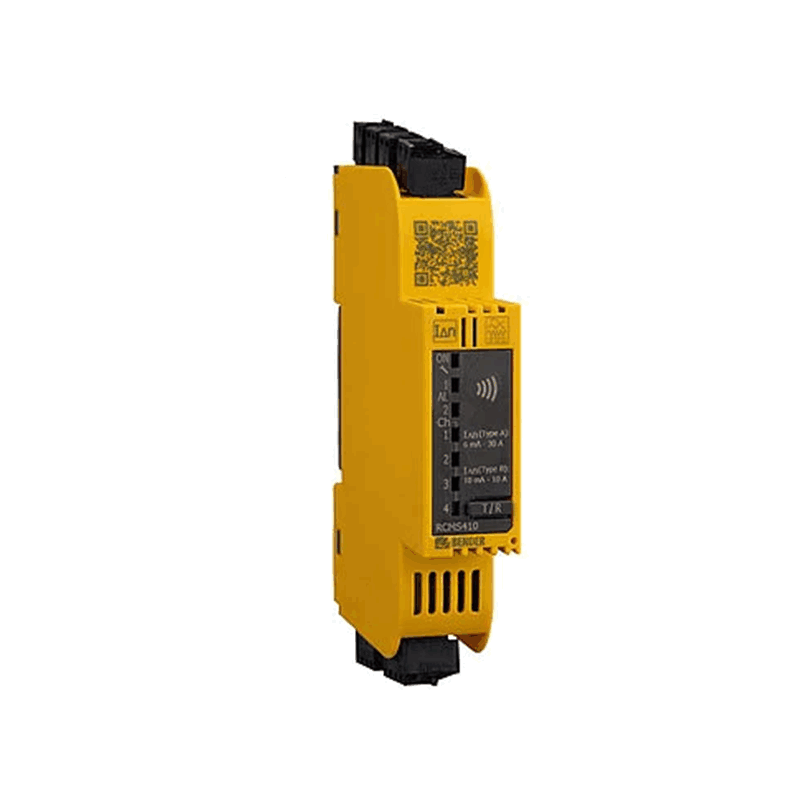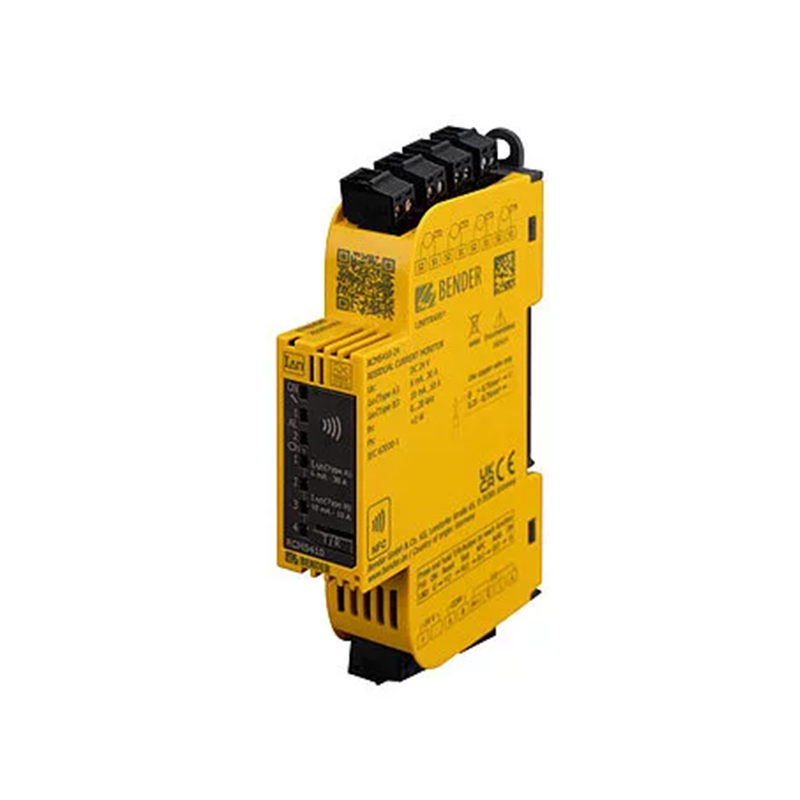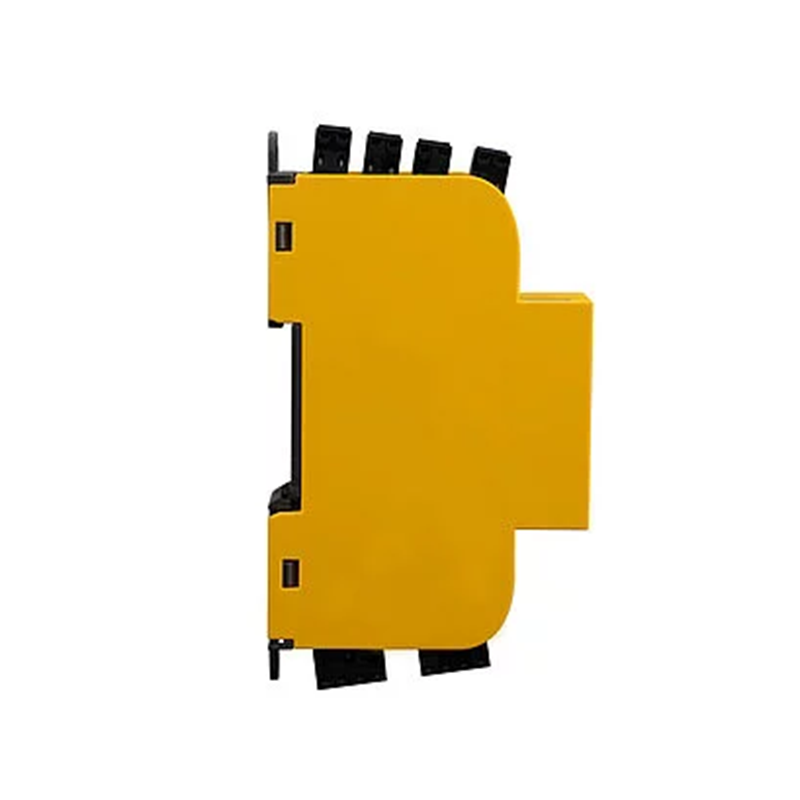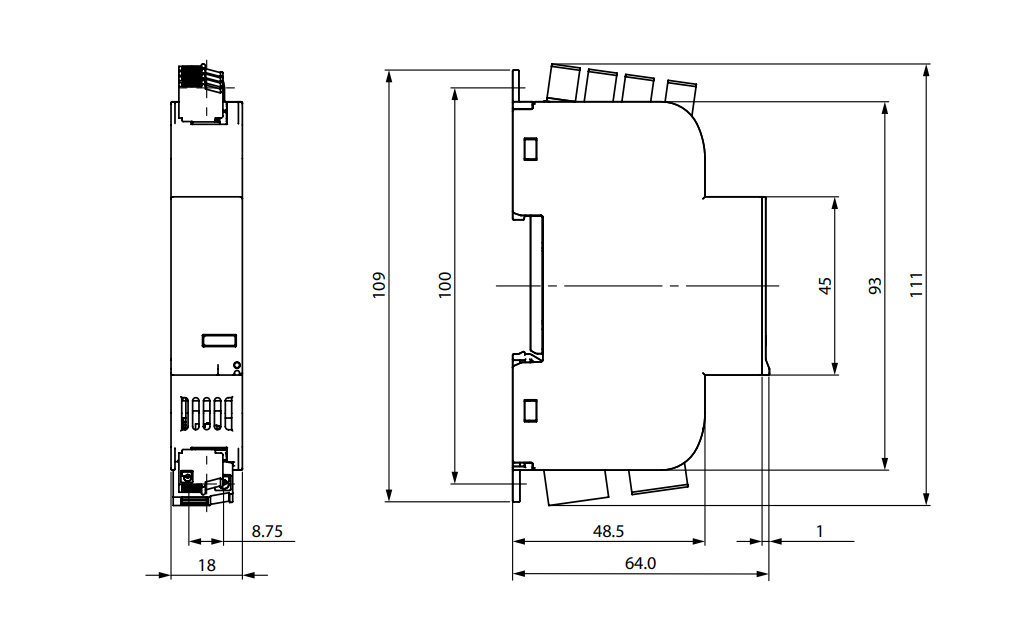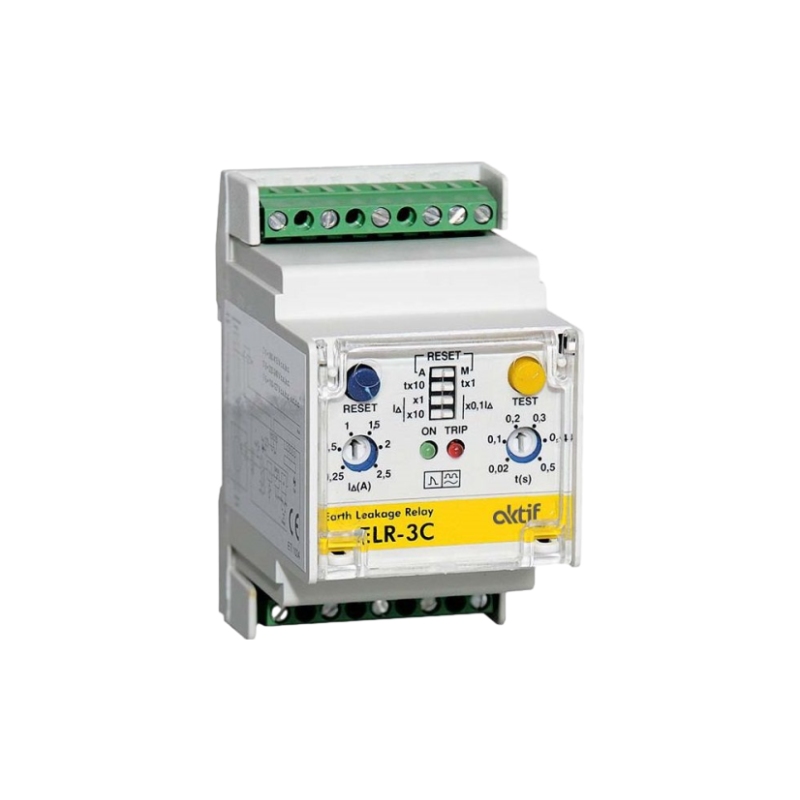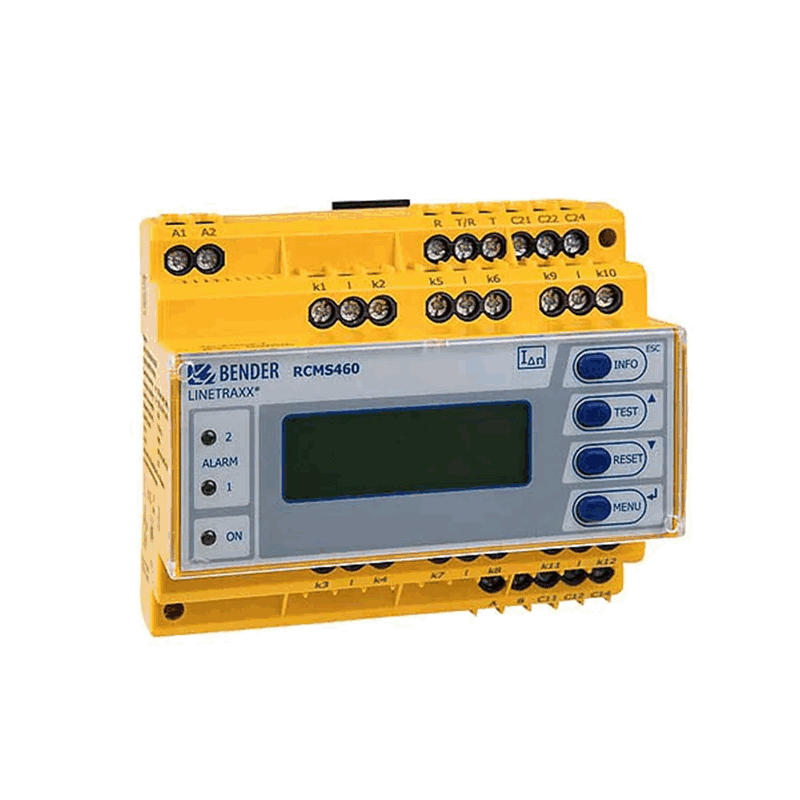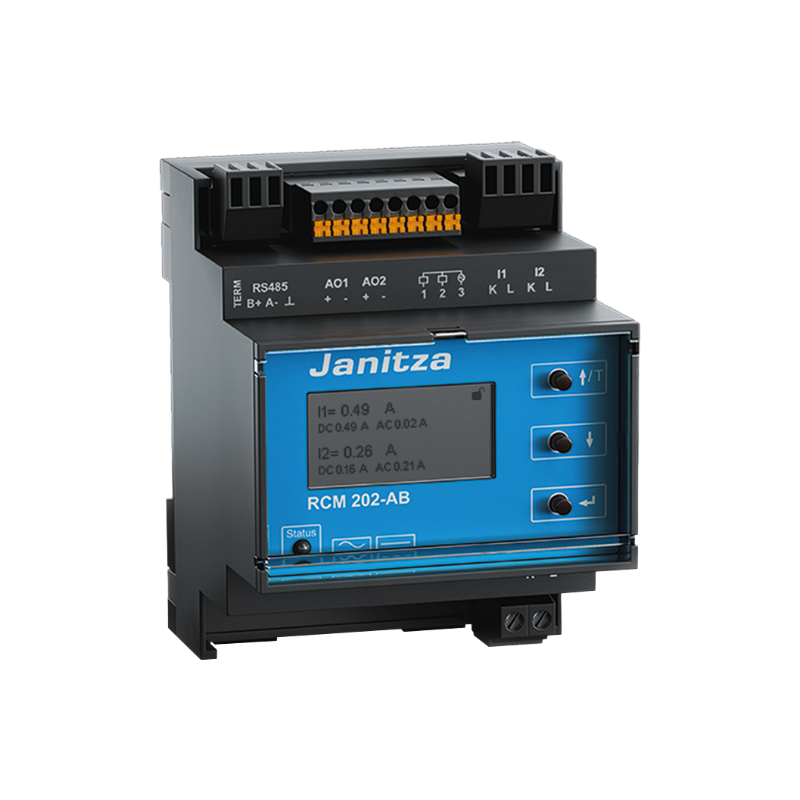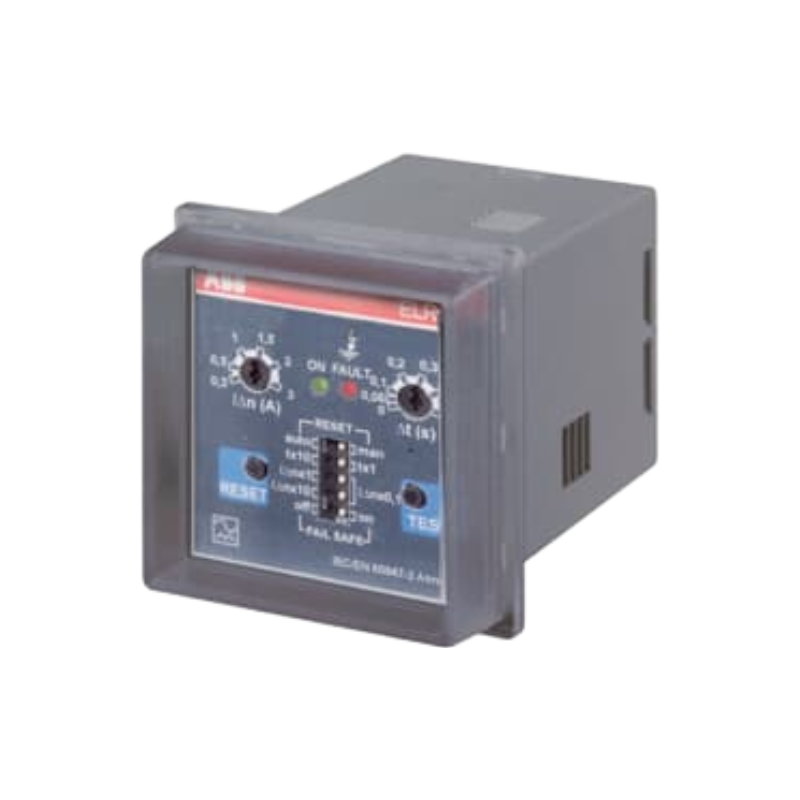Features of Residual Current Monitoring Device
- Constant residual-current observation with recurring validation
- Four channels for measuring residual current
- Sensitive measuring of AC, pulsed DC, or AC/DC by choosing measuring-current transformers (type A/F/B/B+ according to IEC 60755 or VDE 0664-400) for each channel.
- Monitoring the measuring-current-transformer connection continuously
- Separate analyses can be performed on the AC and DC components as well as the RMS value from AC plus DC.
- Every channel has three different measurement modes to choose from: window mode (out-of-range values), undercurrent, and overcurrent (standard).
- As an alternative, each channel may be set up for digital input.
- Response ranges: type B/B+: 10 mA–10 A; type A/F: 6 mA–30 A
- Range of frequencies: DC–20 kHz
- preset mode
- Reload the function
- Adjustable time lags
- Adaptable frequency response
- Analysis of frequencies up to the 400th harmonic and THD value computation
- Three in one: one multifunctional digital/analog output, one digital input/output, and one digital input
- Integrated test/reset button with an external button connector
- There are two alarm LEDs, one for the device status and one for each channel.
- Modbus RTU interface using RS-485 (parameter setup and reading of measured values)
- In a configuration that works with other Modbus-RTU-capable Bender device series, including the RCMB300 series, RCMS150-01, and RCMB13, for example.01.
- Compatible with CP9, COM465IP, and other Bender gateway types.
- The Bender Connect App allows up to 247 RCMS410 devices to be used on the bus NFC interface for parameter setup.
- Extension, renovation, or functional modification if monitoring requirements change
- Meets DIN EN IEC 62020-1 requirements
Applications of Residual Current Monitoring Device
- Measuring and evaluating the nominal, fault, and residual currents in loads and installations
- As an alternative to the periodic verification, stationary electrical installations and equipment should have their residual currents monitored.
- Identification of progressive degradation of insulation to facilitate preventive maintenance
- Tracking of currents that represent a fire risk at places where there is a risk of fire
- EMC monitoring of extra N-PE-bridges and stray currents in TN-S systems
- PE and protective bonding conductors are being watched to make sure there is no current flow.
- keeping an eye out for harmonic overload in N-conductors
- keeping an eye on digital input
Specification of Residual Current Monitoring Device

